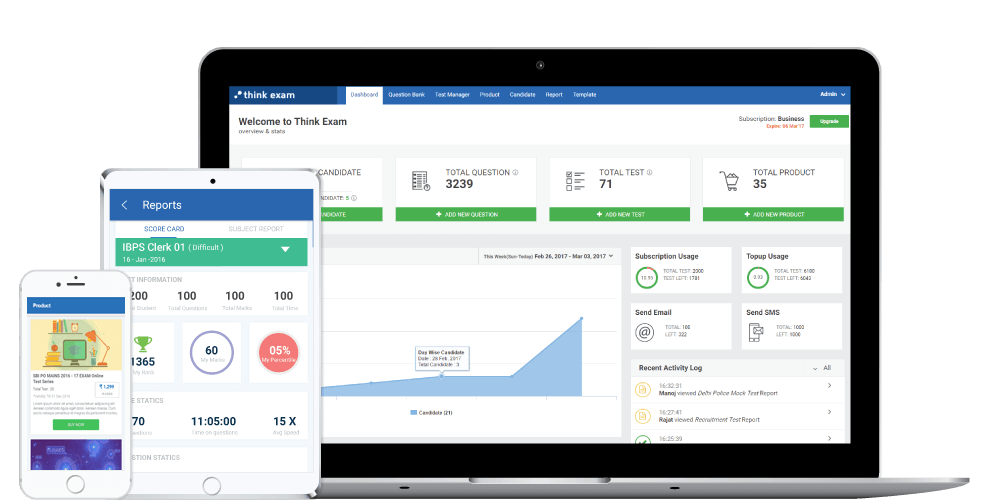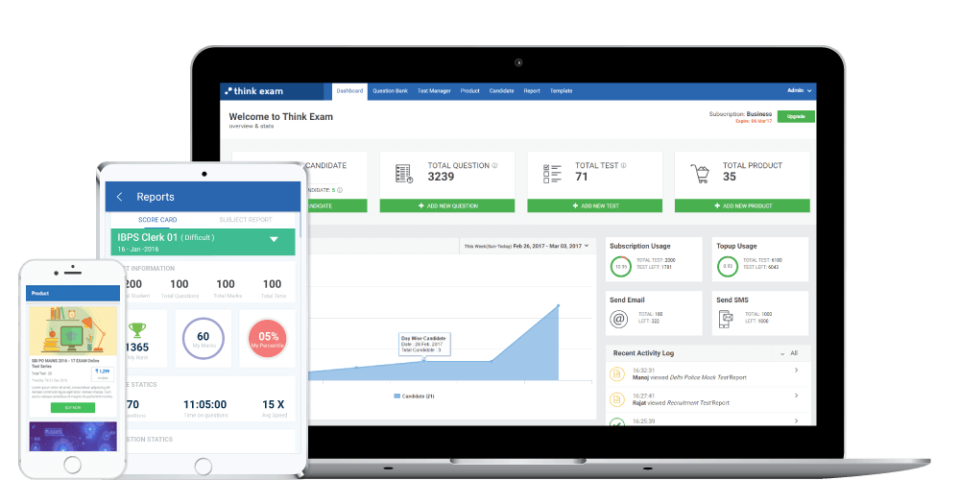In the rapidly evolving landscape of education, technological advancements have played a pivotal role in reshaping traditional learning methods. One such significant transformation is the shift towards online examinations, facilitated by dedicated online examination websites and robust exam software. This paradigm shift not only brings convenience to both educators and students but also introduces innovative features like remote proctoring tools, ensuring the integrity of assessments.
The Rise of Online Examination Websites:
Online examination websites have become indispensable in the realm of education. These platforms offer a streamlined and efficient way to conduct exams, assessments, and quizzes over the Internet. The advantages are manifold, ranging from flexibility in scheduling exams to eliminating geographical barriers. Educational institutions, from schools to universities, are increasingly adopting online examination websites to enhance the overall learning experience.

Key Features of Online Exam Software:
- User-Friendly Interface: Online exam software provides a user-friendly interface that caters to both educators and students. Intuitive design and navigation contribute to a seamless examination experience.
- Customizable Exams: Educators can create customized exams tailored to the specific needs of their courses. This flexibility allows for a more targeted evaluation of student’s understanding of the subject matter.
- Instant Results: One of the notable advantages of online exam software is the swift generation of results. This real-time feedback not only accelerates the grading process but also provides students with timely insights into their performance.
- Multi-Media Integration: Online exam platforms often support the integration of multimedia elements, such as images and videos, enabling a more comprehensive evaluation of students’ knowledge.
Remote Proctoring Tools Ensuring Exam Integrity:
As the demand for online examinations grows, maintaining the integrity of the assessment process becomes paramount. This is where remote proctoring tools come into play. These tools leverage advanced technologies to monitor and authenticate the test-taker’s identity, as well as to ensure a secure testing environment.
- Biometric Authentication: Remote proctoring tools often incorporate biometric authentication features, such as facial recognition and fingerprint scanning, to verify the identity of the test-taker.
- AI-Powered Monitoring: Artificial Intelligence (AI) is employed to monitor the test-taker’s behavior during the examination. Any suspicious activity, such as looking away from the screen or attempting to use external resources, triggers alerts for further investigation.
- Browser Lockdown: To prevent cheating, remote proctoring tools can restrict access to other websites and applications during the examination, ensuring a focused and controlled testing environment.
Conclusion:
The integration of online examination websites, advanced exam software, and remote proctoring tools marks a revolutionary step forward in the field of education. This technological triad not only simplifies the examination process but also addresses concerns related to authenticity and security. As the educational landscape continues to evolve, embracing these innovations is essential for institutions seeking to provide a modern, flexible, and secure learning environment for their students.

